32 alien planets that really exist
Beyond our well-known solar system, which consists of eight planets, numerous unusual and far-flung worlds remain to be discovered, some of which have already been found.
As scientists refer to them, these celestial entities are scorching hells of molten lava, and icy cesspools of water. They're galaxies experiencing biblical heat from their suns, and galaxies languishing in eternal darkness. There are galaxies that appear to have been plucked straight from a "Star Wars" blockbuster, and galaxies that may hold unimagined forms of life that exist beyond the wildest realms of science fiction.
Join us as we embark on a tour of some of the most peculiar and captivating exoplanets that our continually astounding universe has to offer.
"The 'hell planet' where it's raining lava
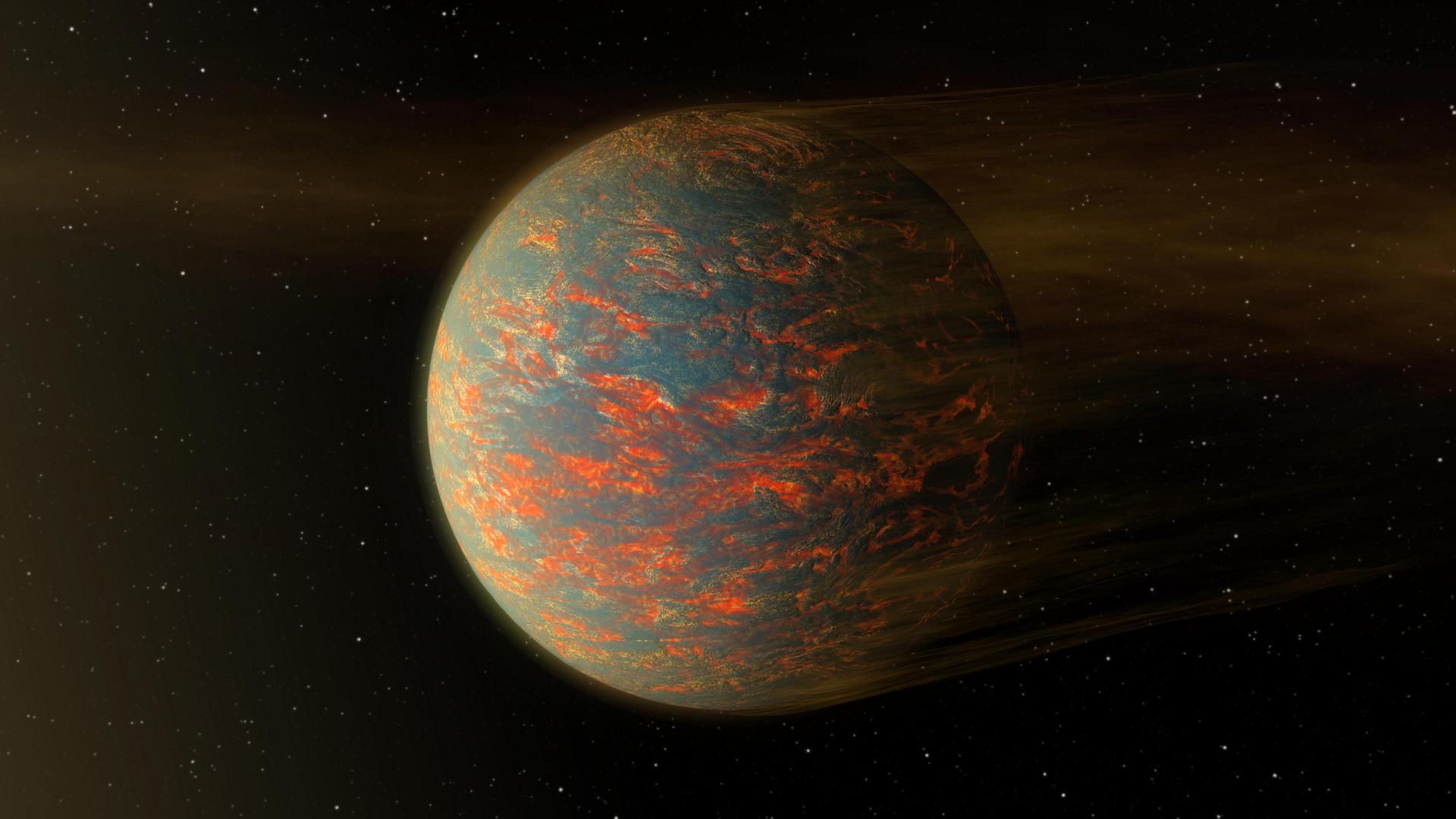
The exoplanet is situated approximately 41 light-years away from Earth, which makes it a notable subject for scientific research, though it's not a destination that humans could visit for a summer holiday.
Related: Snapshots from the Edge of Space: 38 Jaw-Dropping Images from James Webb Space Telescope
The aquatic universe with (potentially) inhabited seas
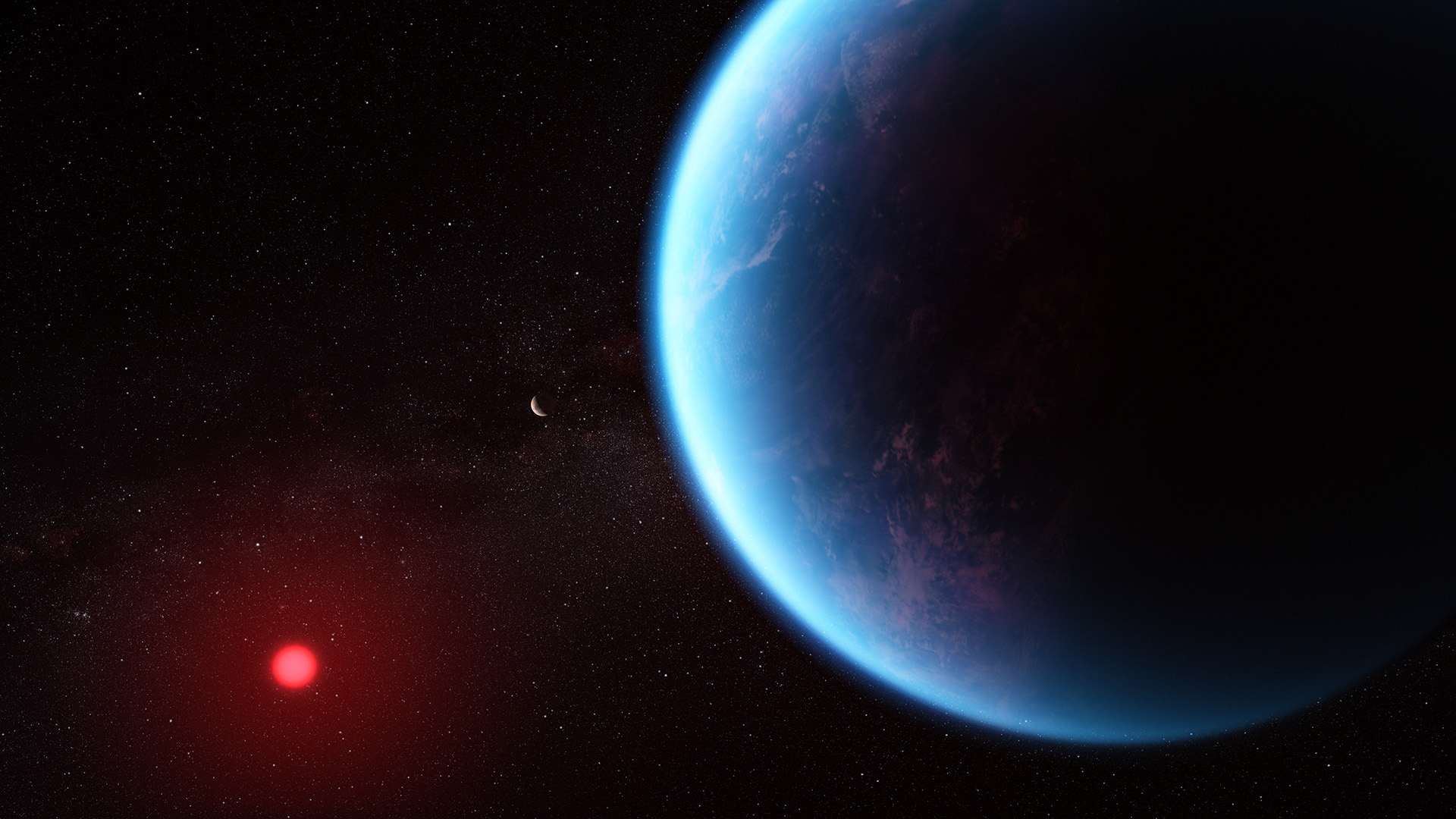
In the research, JWST spotted potential hints of dimethyl sulfide, a compound which is known to be released only by phytoplankton on our own planet, in the gas surrounding the distant exoplanet.
The real-world "Tatooine"
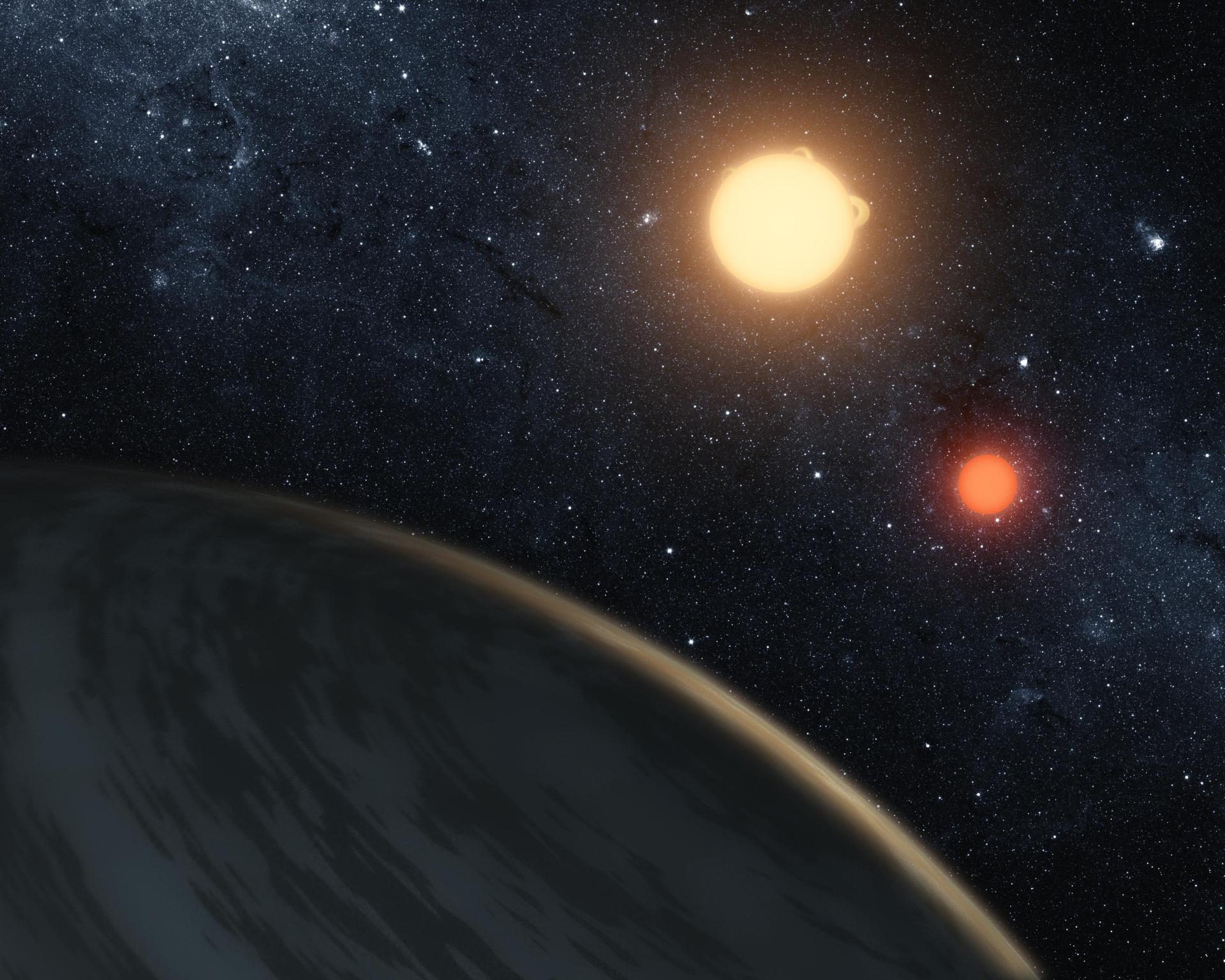
This exoplanet is the first known planet that orbits two stars simultaneously, a concept similar to the fictional planet of Tatooine in the Star Wars series. Nevertheless, due to its gaseous surface comparable to Saturn's, even the most skilled individual - such as a Jedi - would struggle to maintain their balance on this exoplanet, situated about 200 light-years from the sun.
The rule-breaking behemoth
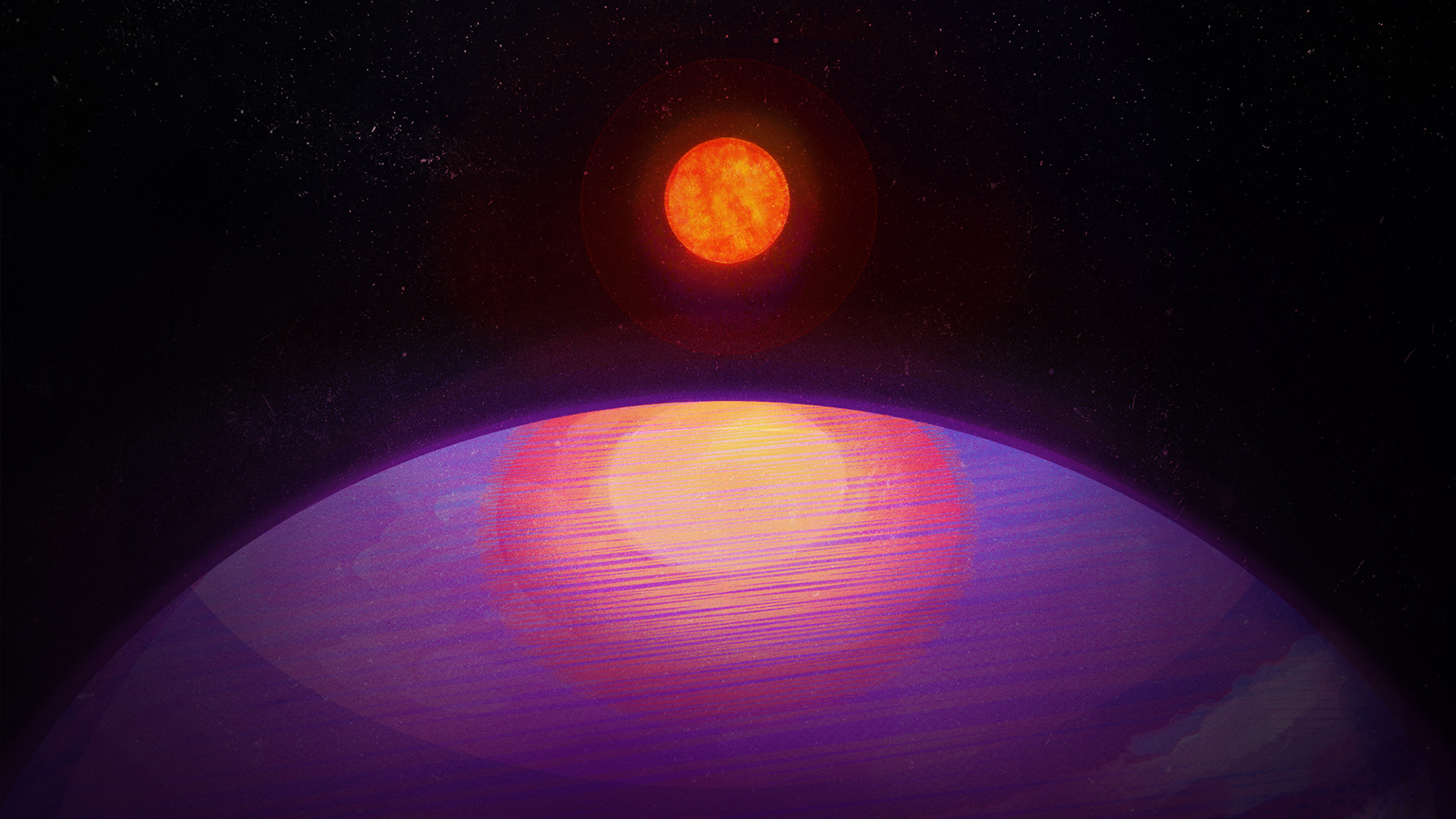
Found far beyond our star, the exoplanet appears inconceivable, researchers commented upon its discovery in 2023. Future research into this "impossible" world may yet undermine our current understanding of planetary development.
The biggest exoplanet currently recognised?
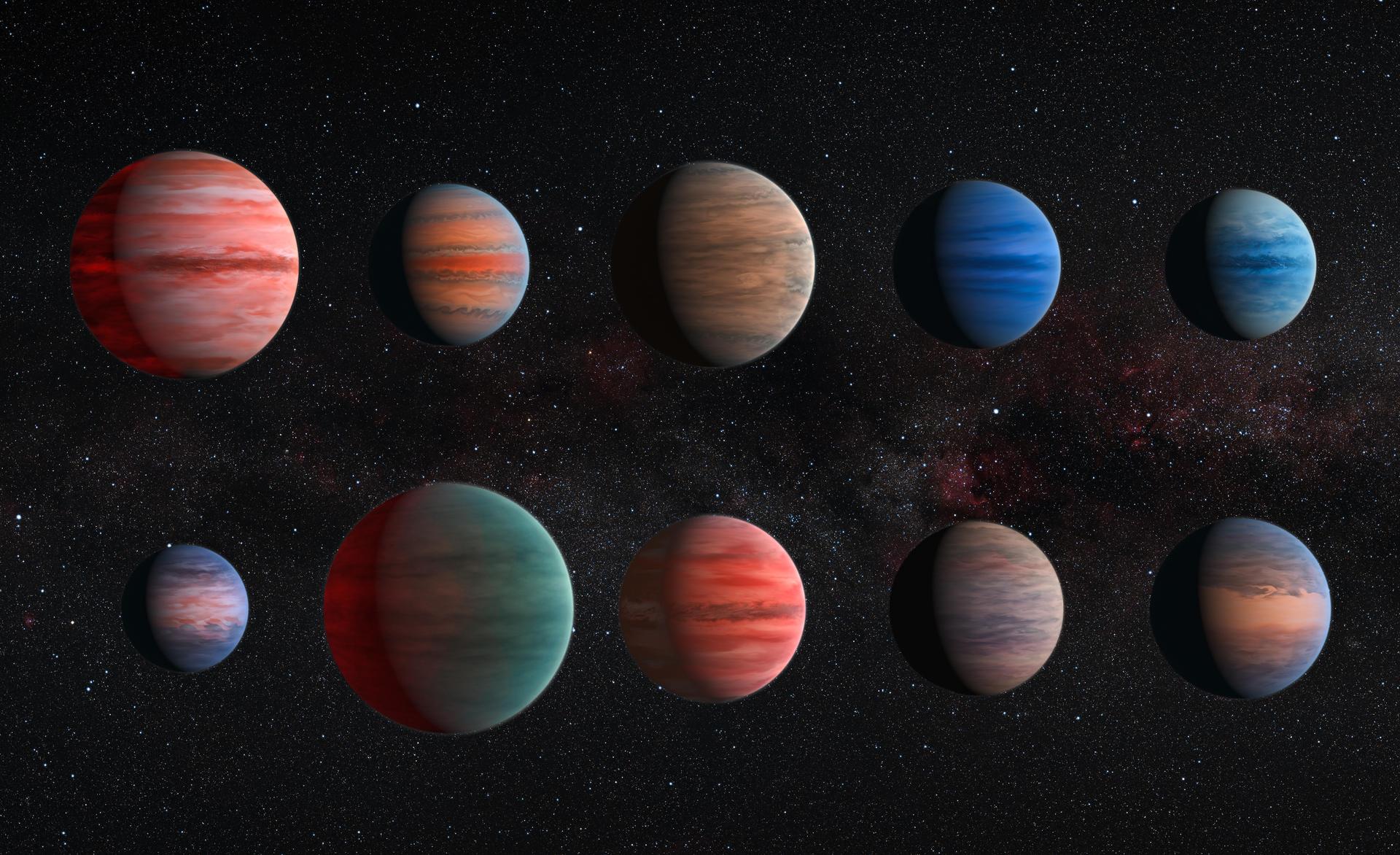
There are worlds beyond our own. This remarkable world, situated roughly 1,200 light-years away from Earth, possesses a remarkably low density, resulting in a mass approximately one-third that of Jupiter.
The "fluffy" phenomenon described, one where it appears to "rain" sand, can be attributed to natural processes on certain planets.
Observations of geological faults or the atmospheric disruption caused by severe storms can lead to phenomena that evoke the notion of sand precipitating like rain.
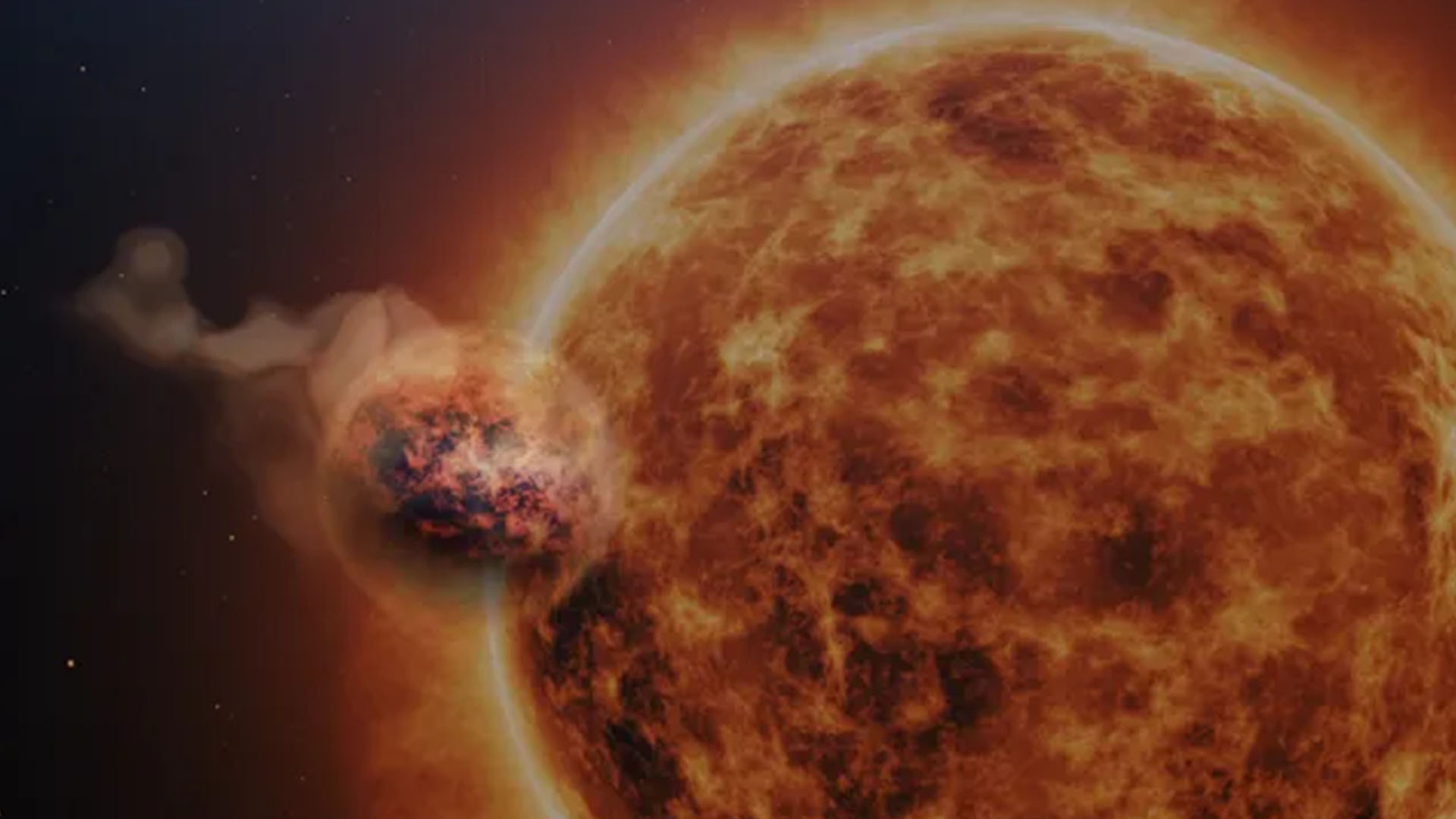
Researchers have discovered that the atmosphere on this distant planet could be formed of fine particles of silicate, meaning it might literally hail with sand.
The "eyeball planet" with potentially habitable oceans
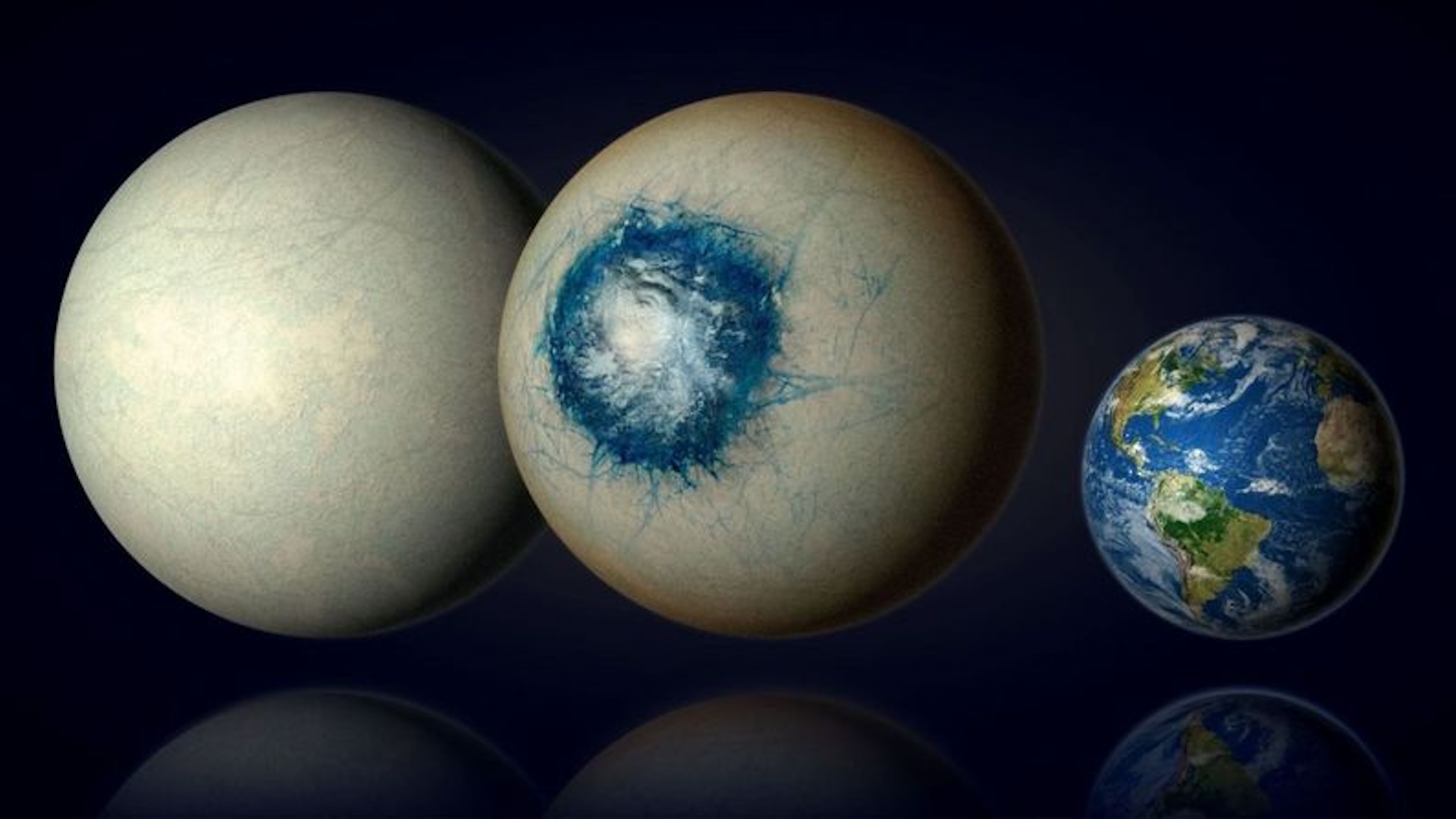
This distant world may harbour alien life due to its unusual surface. Researchers examining the planet with the James Webb Space Telescope discovered that it might be almost entirely covered in ice, except for one part which faces towards its parent star. Here, the star's heat could thaw just the right amount of ice, allowing a circular, liquid water ocean to exist, in their view. This unique ocean may well be the perfect environment for life from another world to thrive, the team noted.
The rotten-egg world
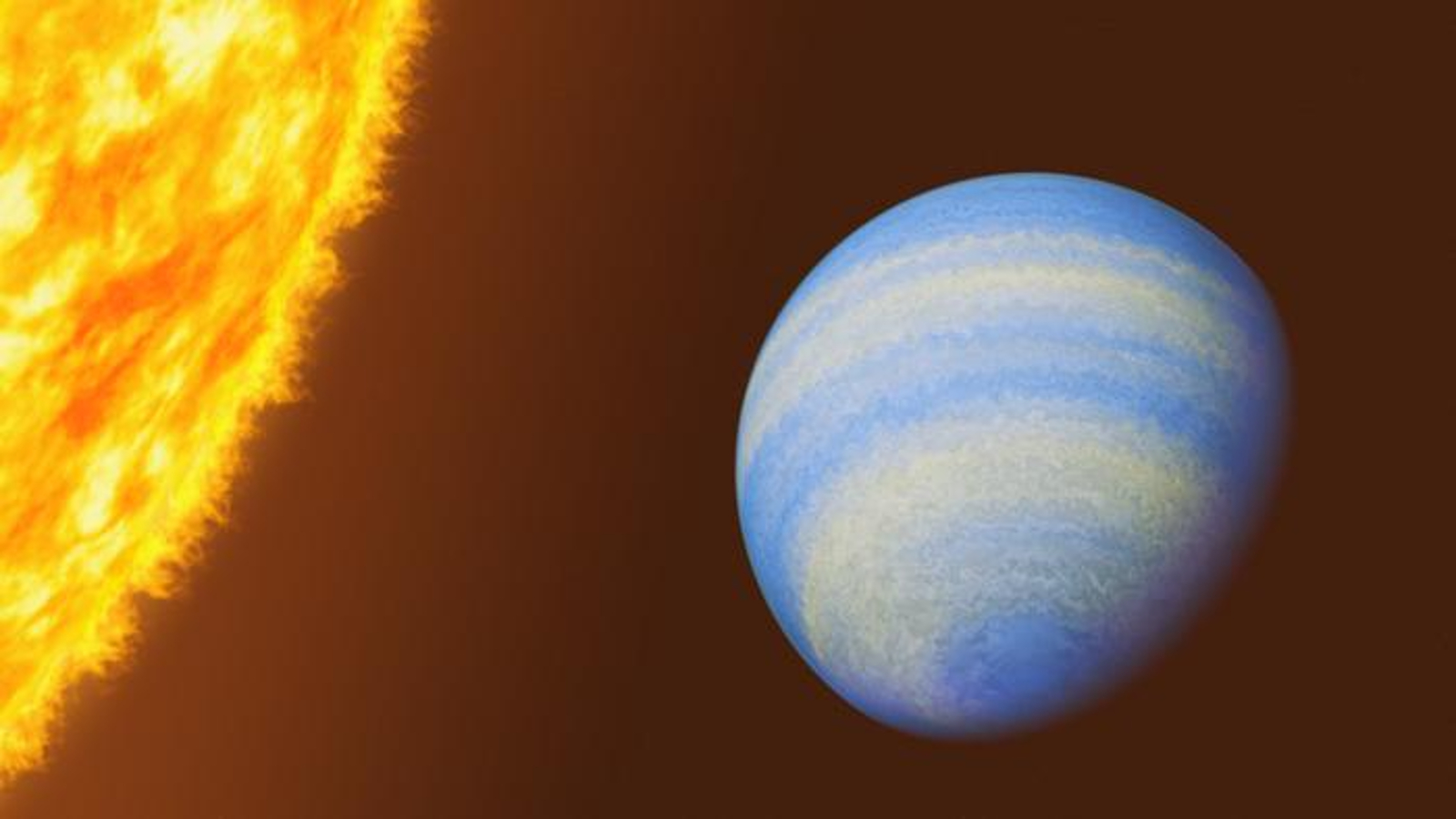
The planet, situated approximately 64 light-years from our planet, has a chemical makeup distinguishable enough that astronomers can, as it were, smell it from afar. A recent investigation by the James Webb Space Telescope into the planet's atmosphere has revealed considerable amounts of hydrogen sulphide - a highly toxic and flammable gas produced by decaying organic matter and volcanic activity on Earth, which carries a pungent odour reminiscent of rotten eggs. Thankfully, the scorching heat of this planet makes it impossible for life to exist. However, the fact that scientists have been able to detect such distinct molecules in its atmosphere offers favourable signs that the JWST may soon be able to identify life-giving signatures elsewhere in the universe.
There is a theoretical planet called "Vulcan" that is thought to orbit the Sun.
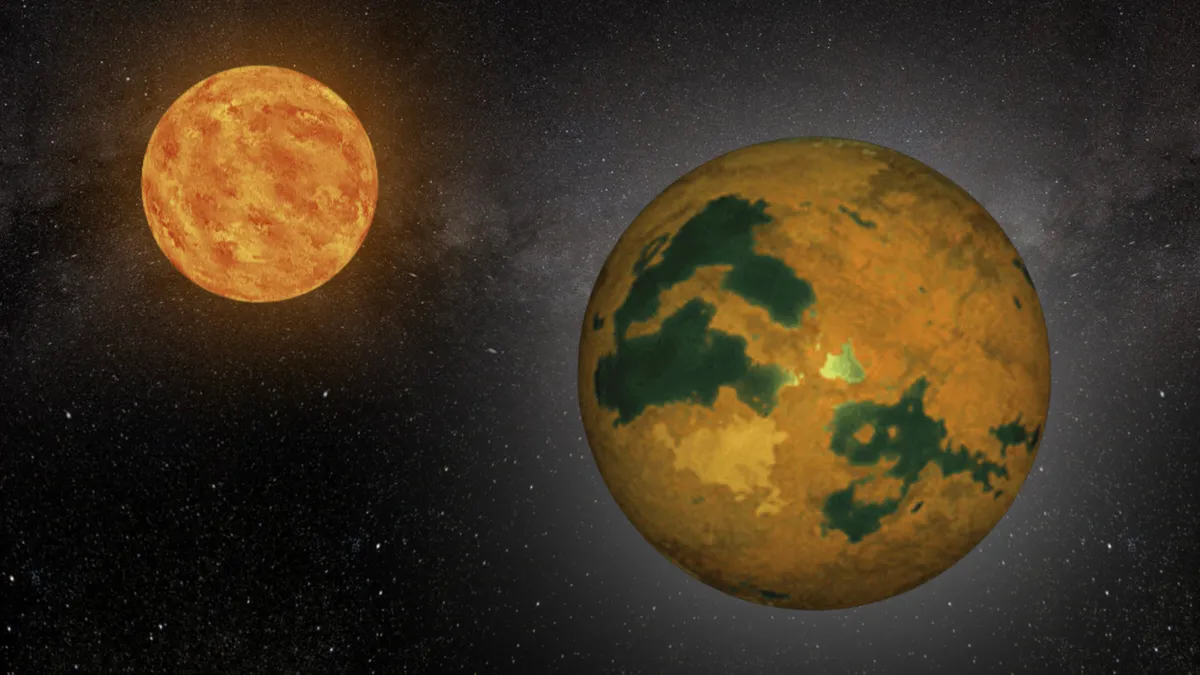
Scientists have cast doubt on the existence of the planet around that star; slight fluctuations in the star's light could be caused by volcanic eruptions on its surface as opposed to the gravitational pull of a nearby planet. The validity of Vulcan, identified as HD 26965 b, is now uncertain.
The Earth-like planet found orbiting a small, red dwarf star.
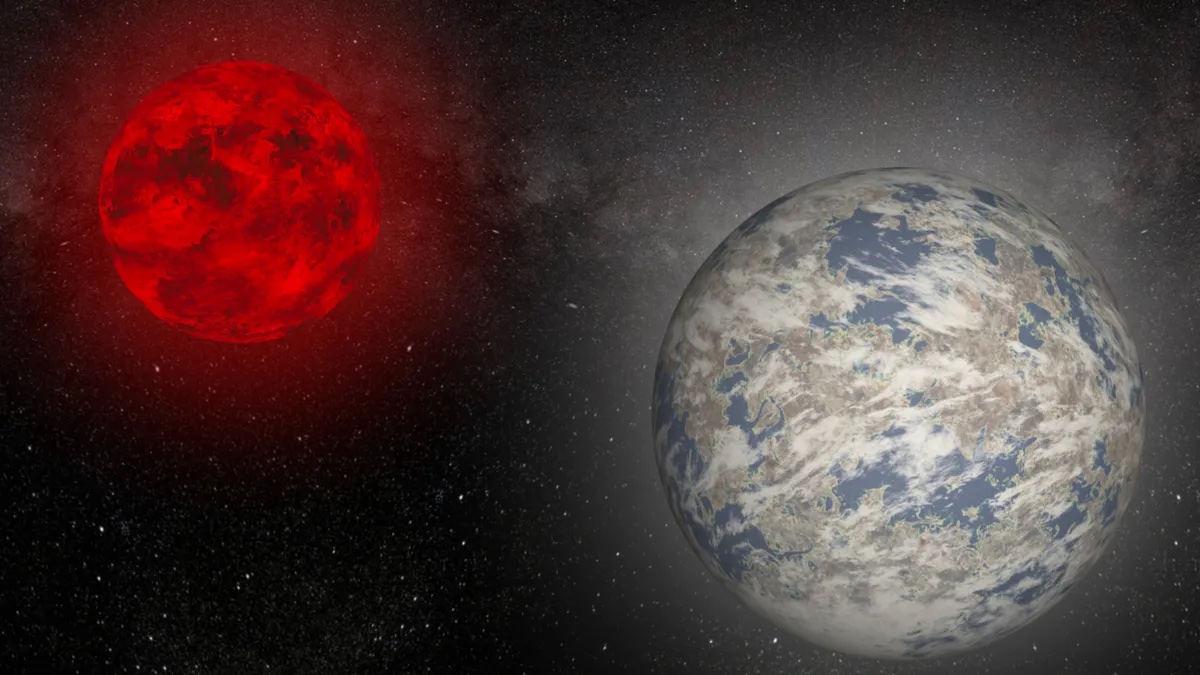
The exoplanet is a world that revolves around a red star in a solar system about 40 light-years from our home on Earth. Interestingly, it has a circumference roughly 1.1 times that of our planet, making it comparable to our own world. Its proximity to its parent star results in a remarkably short year, lasting only around 13 Earth days. However, the star is much smaller and cooler than our sun, which keeps Gliese 12 b within its habitable zone, allowing liquid water to exist on its surface. This possibility has sparked speculation about the potential for life on our distant twin.
A planet of Earth-like size that has eternal darkness.
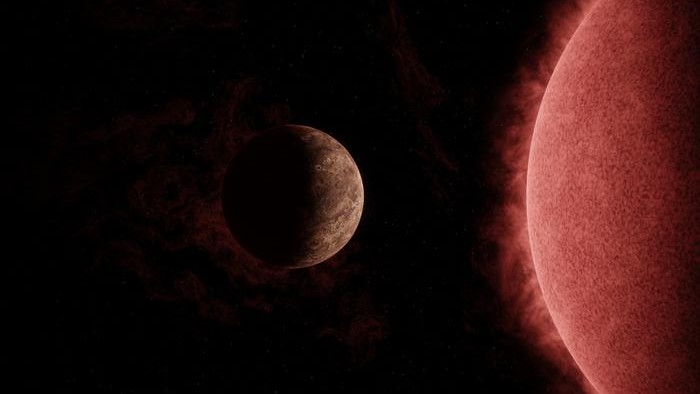
This planet, which orbits its small red star, finds itself in a precarious position, hurtling around the star at a speed that sees it complete an orbit every 17 hours. The extraordinary warmth poses a significant threat to the planet's atmosphere, which was likely stripped away in the distant past, leaving it utterly devoid of life. Interestingly, the sweltering temperatures are not consistent across the planet; it is tidally locked, resulting in one side being bathed in constant daylight, while the other side plunges into perpetual darkness.
The volcanic world that's "melting from the inside out".
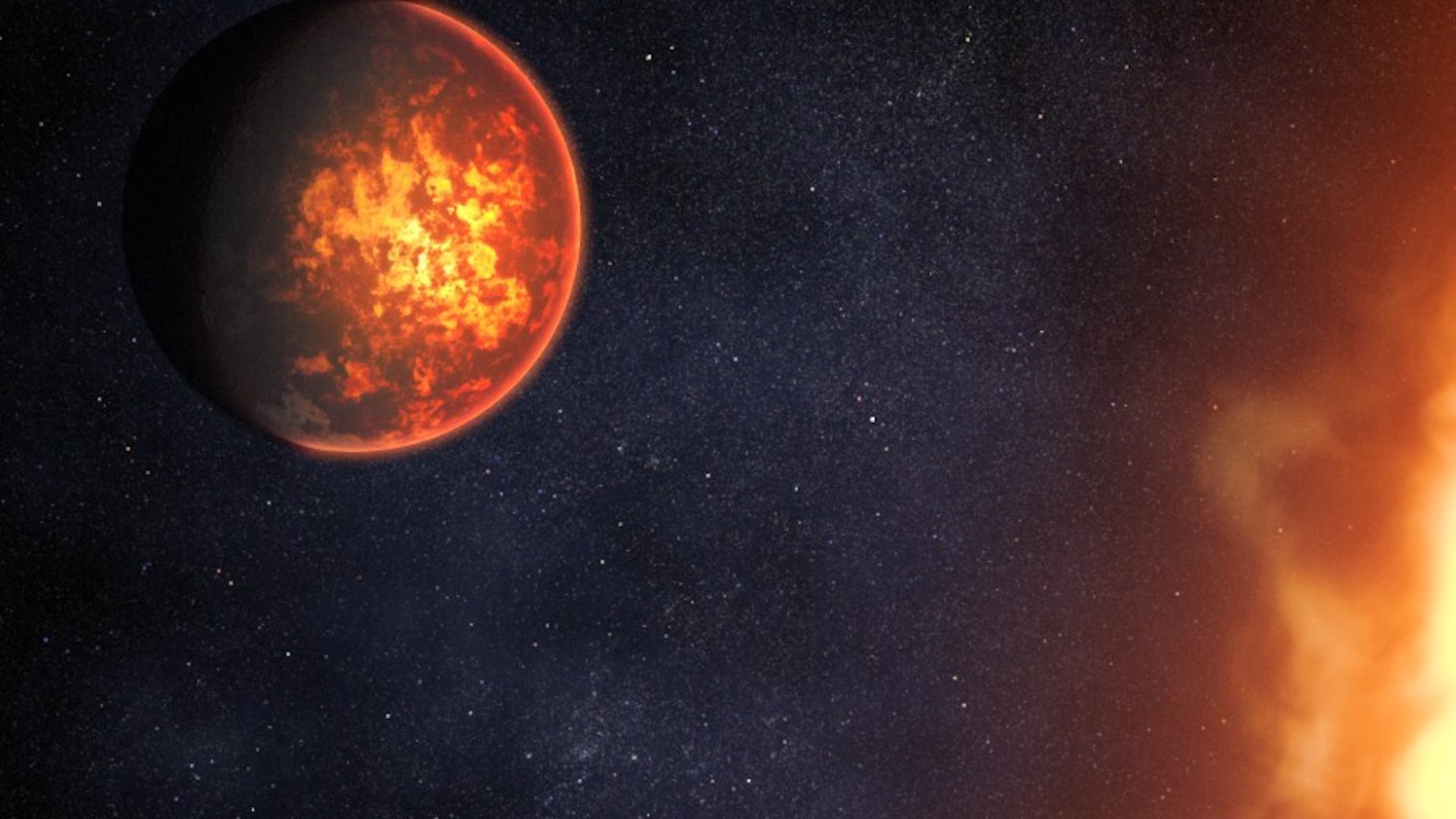
The exoplanet is situated roughly 66 light-years from Earth and orbits its star very closely, completing one orbit every two and a half Earth days, on average. Observations imply that the planet is shrouded in molten lava, released by numerous active volcanoes. The gravitational pull of the star and surrounding planets is causing intense internal friction, which may be causing the planet to literally melt from the inside out.
The enormous planet with its puffy texture, featuring bullet-shaped gusts of wind.
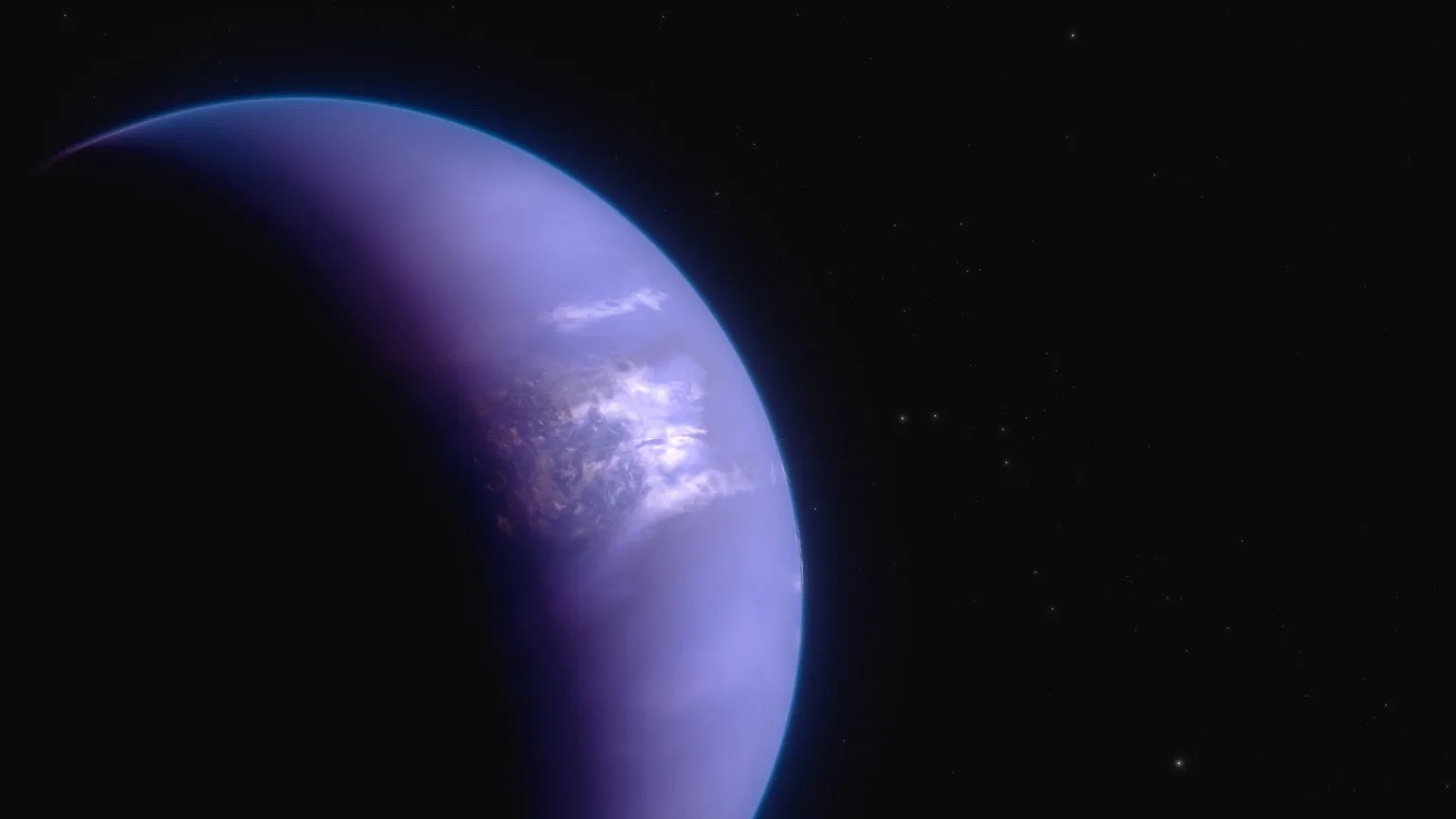
The exoplanet in question is tidally locked to its star, with one significant aspect permanently facing the star and the other part shrouded in perpetual darkness. The substantial temperature disparities between the two hemispheres facilitate ferocious gusts of wind, swinging at speeds of up to 9,000 km/h – some six times swifter than a speeding projectile.
The world certainly has its challenges, but also many wondrous things that can fill our lives with beauty and colour.

About 637 light-years from Earth, there's a planet that wouldn't exactly be a tourist destination. The reason is it's perilously close to its star, orbiting 20 times in closer than Mercury does to the sun - causing its dayside to reach a scorching 4,350 degrees Fahrenheit (2,400 degrees Celsius), making it akin to a hellish environment. But, there is one possible draw which might make it worthy of note: a bright spot on the planet's surface, located where day turns into night, could be a 'glory', a rare visual phenomenon that occurs when sunlight scatters off water droplets in the air to form a stunning circular display of concentric rainbow rings.
The colossal planets orbiting lifeless celestial bodies
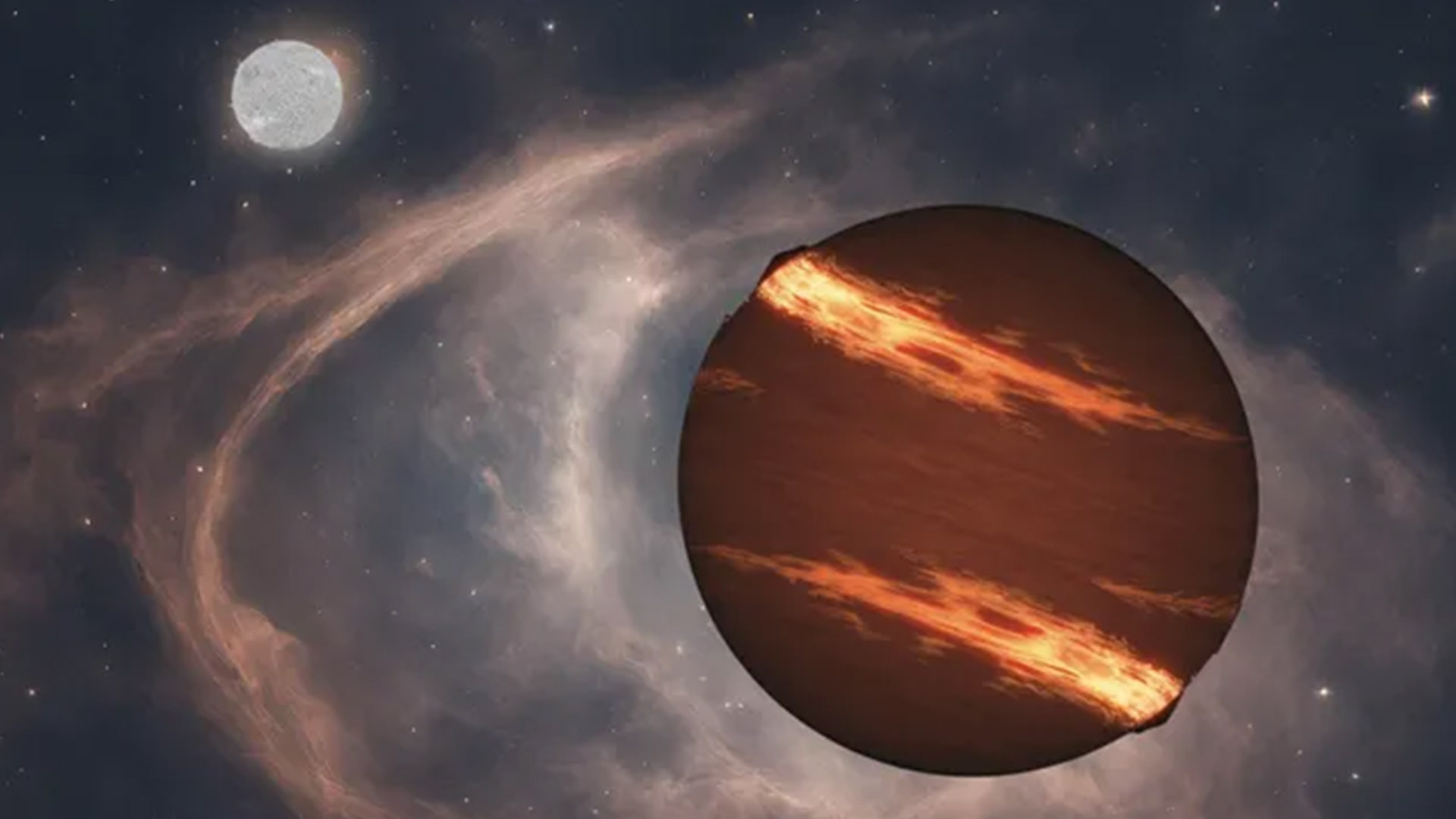
As our star approaches its eventual demise, it will undergo a transformation that is equally interesting and frightening.
"Rogue" Planets of the Orion Constellation

Cruising through the Orion Nebula, unattached to any star. Oddly enough, there are approximately 80 of these free-standing worlds, found orbiting in pairs. Unfortunately, scientists are unsure how these planets lost their links to their home star systems or how they came to be stuck in these binary orbits. Given their massive size, roughly comparable to that of Jupiter, these floating worlds have been termed Jupiter-mass binary objects - or JuMBOs, for short.
The unfamiliar planet we can clearly observe
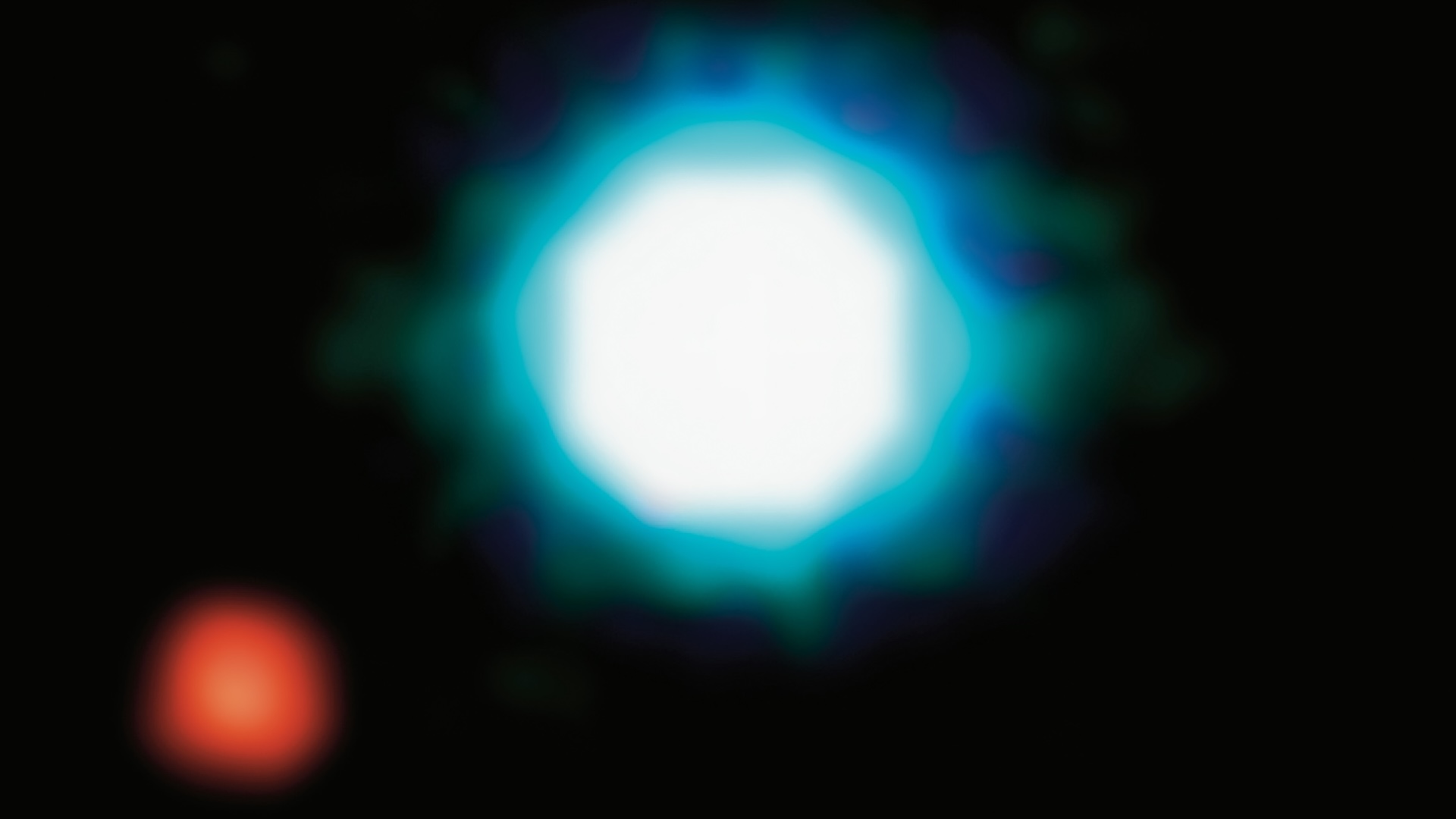
This groundbreaking discovery included 2M1207b, a 170-light-year distant gas giant in the constellation Centaurus. It is a remarkable planet, about five times more massive than Jupiter. It was located with the aid of infrared photometry in three different wavelengths, which both revealed the warmth of the distant world and obscured the light from its home star. Since this significant find, roughly 200 exoplanets have been discovered through direct imaging, and over 5,000 have been identified through other detection methods.
A planet shrouded in a thick, layered fog of glassy appearance.
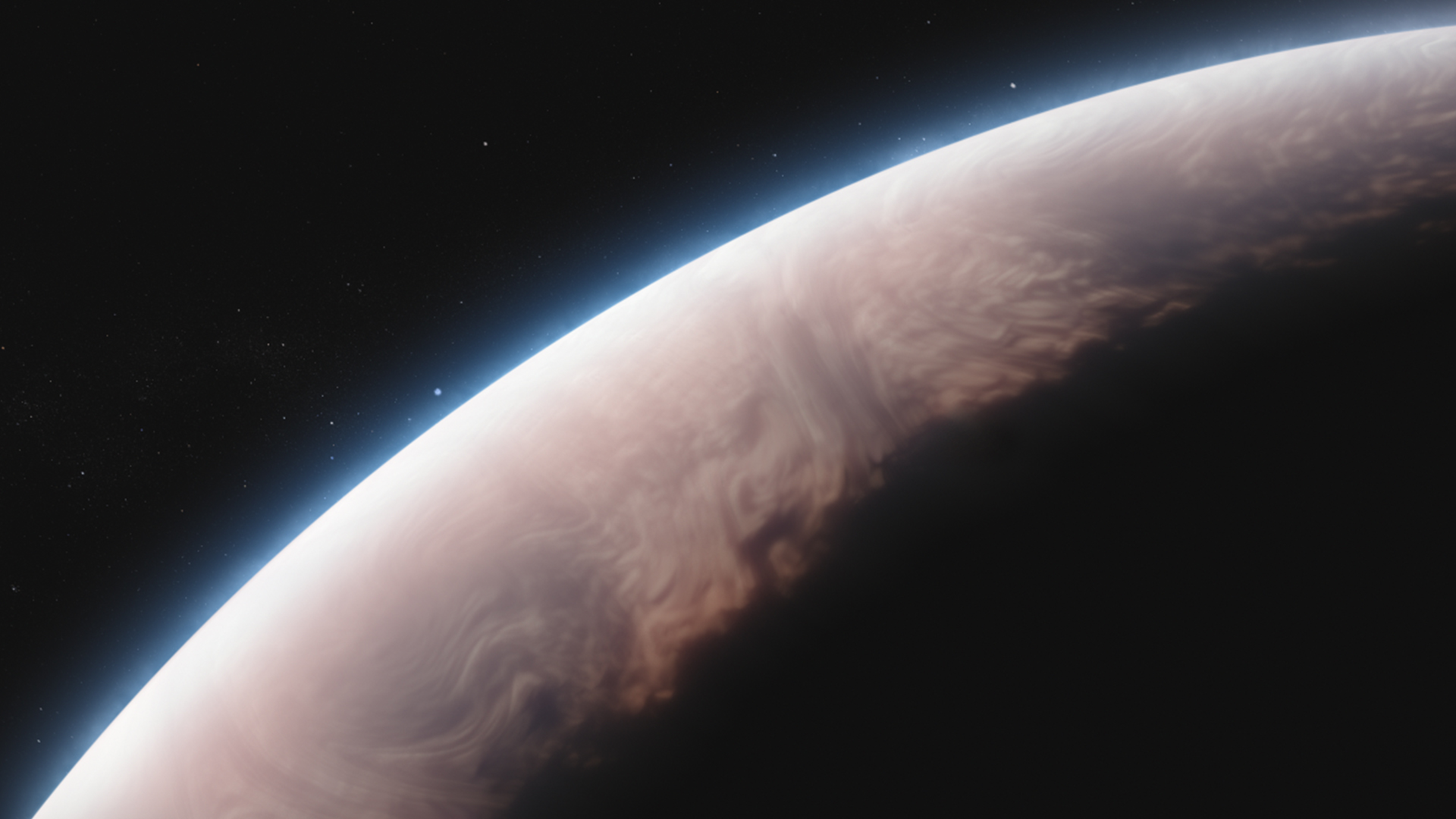
Observations made using the James Webb Space Telescope indicate that a planet similar in size to Jupiter is a gas giant with atmosphere temperature of almost 1,500 degrees Celsius. It is claimed that it orbits very close to its own star, resulting in its atmosphere reaching a burning temperature of 2,700 degrees Fahrenheit. This heat, it's suggested, gives rise to tiny, pea-sized silica particles within the planet's atmosphere, potentially resulting in clouds of pure quartz.
As a giant planet began to form in the outer reaches of the solar system, the possibility of another giant, Jupiter, looming large.

While studying the region surrounding the star V960 Mon, which is situated approximately 5,000 light-years from our planet, astronomers have identified a clump of gas with two tendrils of material that appear to be being drawn into distinct, globe-like aggregations. According to the researchers who made this discovery employing the European Southern Observatory's Extremely Large Telescope and the Atacama Large Millimeter/submillimeter Array, this marks the first instance in which scientists have obtained an image of a nascent star system on the cusp of delivering its initial massive planets.
The twin planets synchronising their orbital rhythms in perfect harmony
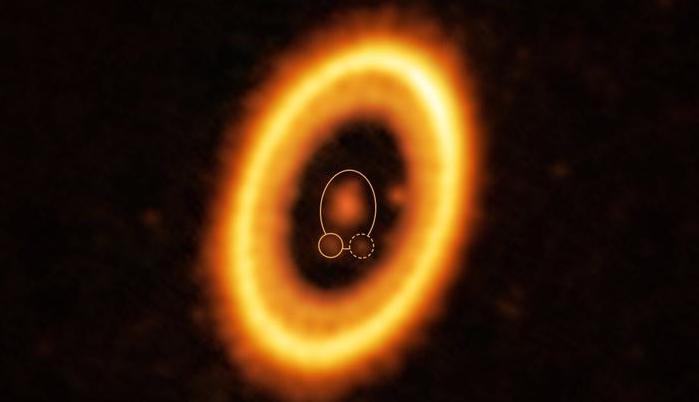
It appears that a Jupiter-sized celestial body is orbiting a star, with a cloudy mass of gas and dust in the same orbital path behind it. Scientists speculate that the gas cloud may be a partially formed companion to the fully-fledged planet. The existence of a pair of objects in the same orbit marks a rare phenomenon dubbed "Trojan planets" – where two planets form simultaneously, in the same location, and move in tandem around their star.
The planet is transforming the star into a 'spiral galaxy'
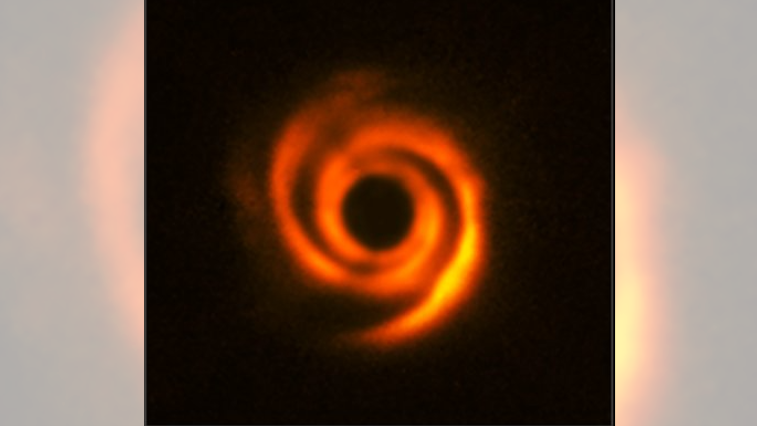
It bears a striking resemblance to the Milky Way - albeit on a much more modest scale. Experts believe the reason for this star's appearance is due to an unseen, Jupiter-sized planet known as MWC 758 c. This big planet's colossal gravitational force is thought to have moulded the star's dust halo into dramatic spiral arms. Although the planet's existence remains unconfirmed, computer simulations suggest it is a plausible explanation for its star's unusual aspect.
The Realm That Defies Explanation
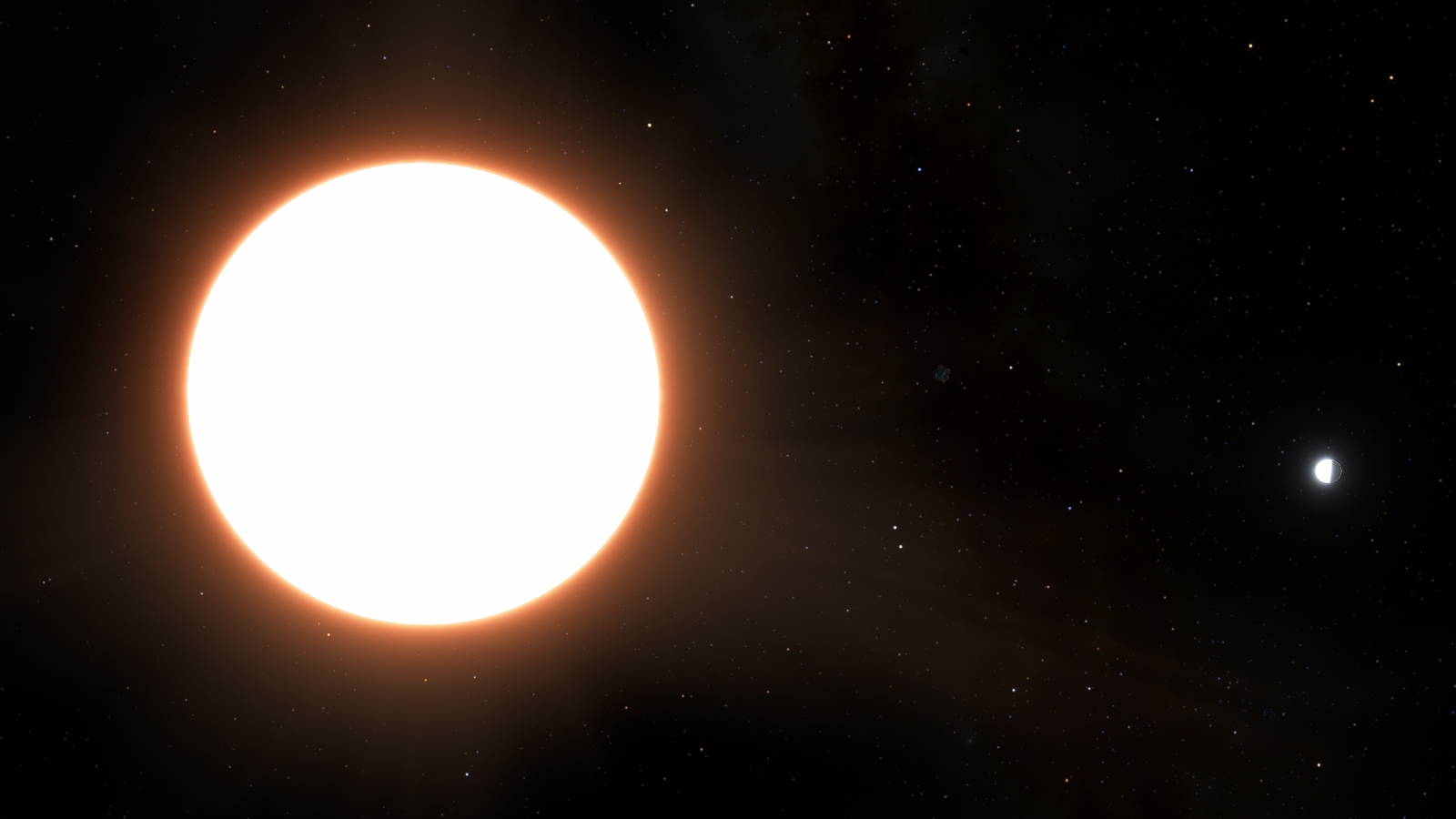
The planet records an impressive 80% reflection of its star's rays - a world record for the highest reflectivity ever seen. The secret to its remarkable reflectiveness lies in a thick layer of metal clouds that surrounds the planet. Scientists believe its sky is dominated by silicate and titanate, a salt containing titanium, which makes the atmosphere incredibly reflective. Researchers are puzzled by the fact that the planet orbits its star so closely, yet still retains its atmosphere. The key to its survival may be the extremely heavy metal in its clouds, which is resistant to the solar wind and resistant to being blown away.
The 'zombie' celestial body that has endured its star's disappearance
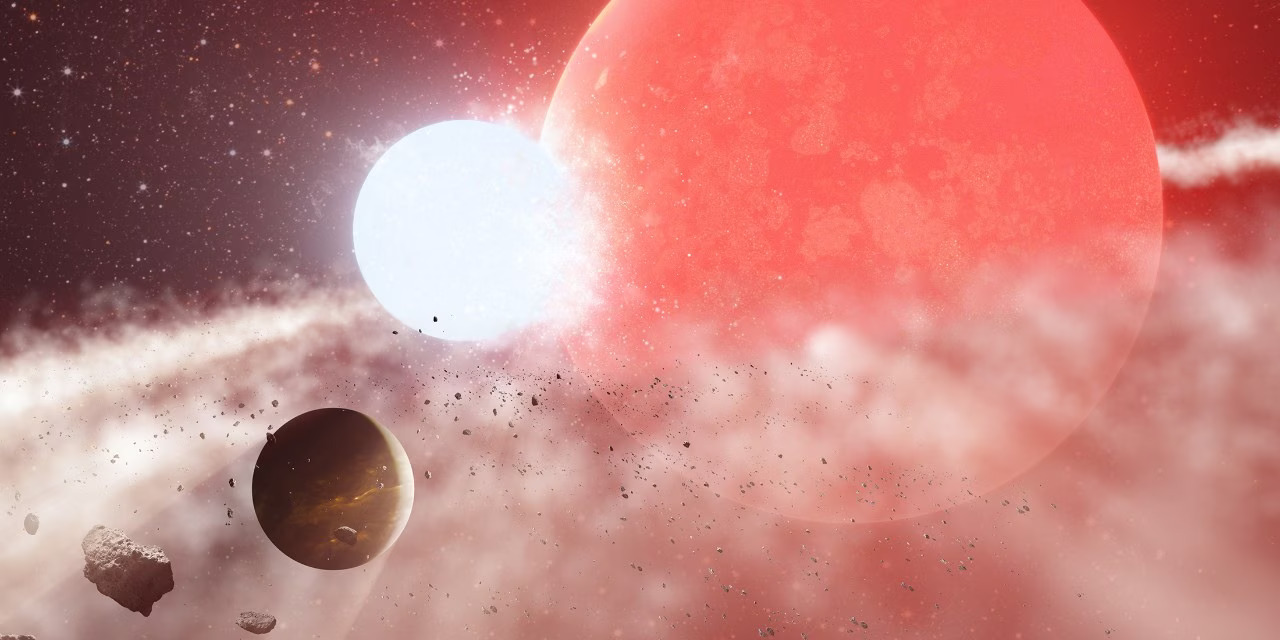
KELT-9b, also known as Halla, is a scorching hot world, similar to Jupiter, situated a distance of 520 light-years from our planet. Observations imply that this massive world ought to have been entirely incinerated by its home star, which has already reached its red giant phase and has since expanded outwards, engulfing everything in its vicinity, only to shrink back to its present size. The fact that Halla is relatively close to the star suggests it orbited its stellar companion either when it had diminished in size, or its stellar companion comprised of two merged binary stars, meaning neither of them went on to expand, thereby sparing Halla from destruction.
A watery environment surrounded by a steamy atmosphere
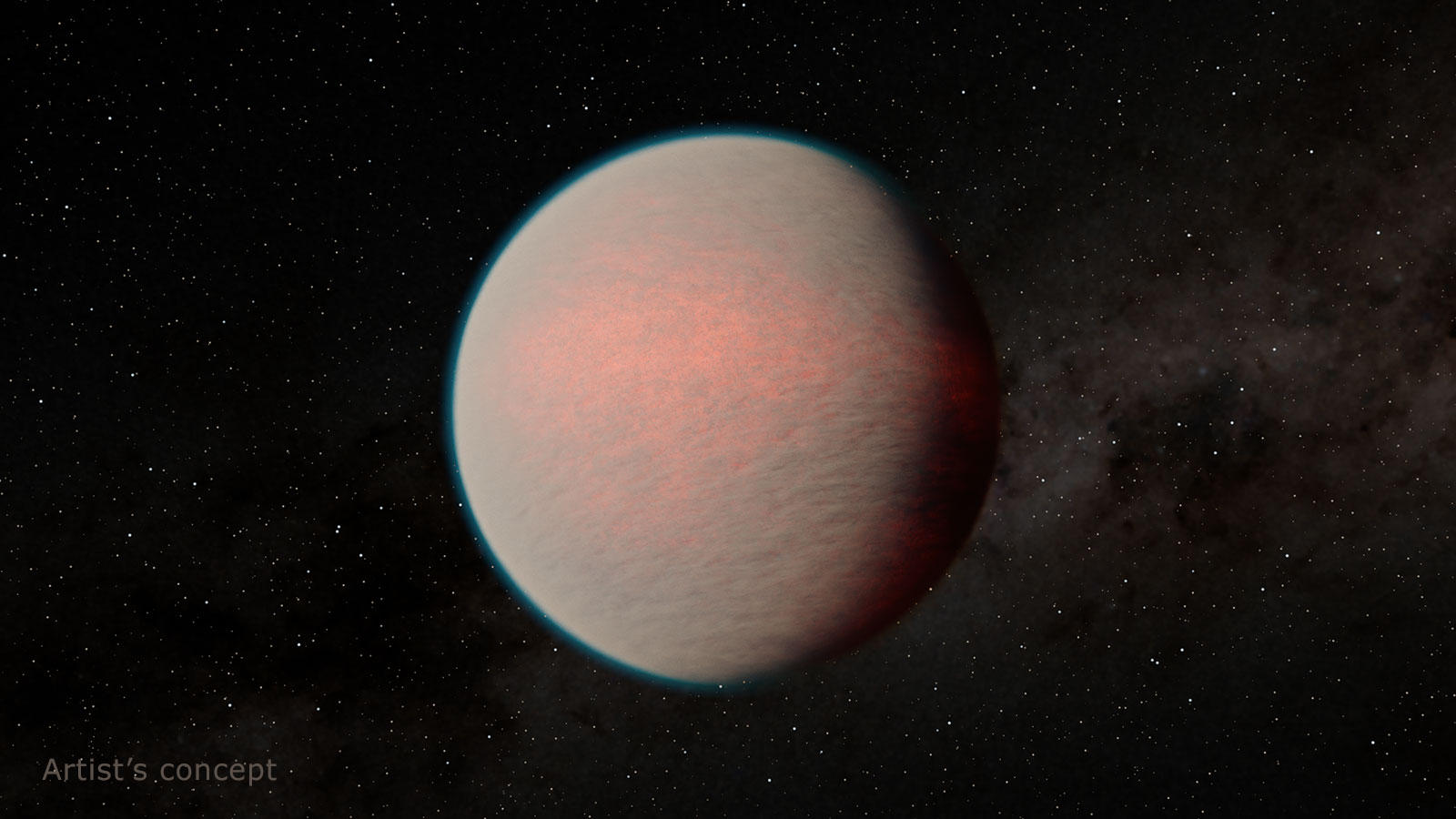
Located approximately 40 light-years from Earth, a celestial object was previously shrouded in dense cloud cover, making it difficult to scrutinise, however, it has recently been studied thanks to JWST's infrared observational capabilities. Poring through the clouds, the researchers made an observation of an atmosphere that seems to comprise steam, which may be indicative of a significant water presence on the planet beneath.
The Exoplanet with Earth-like Characteristics
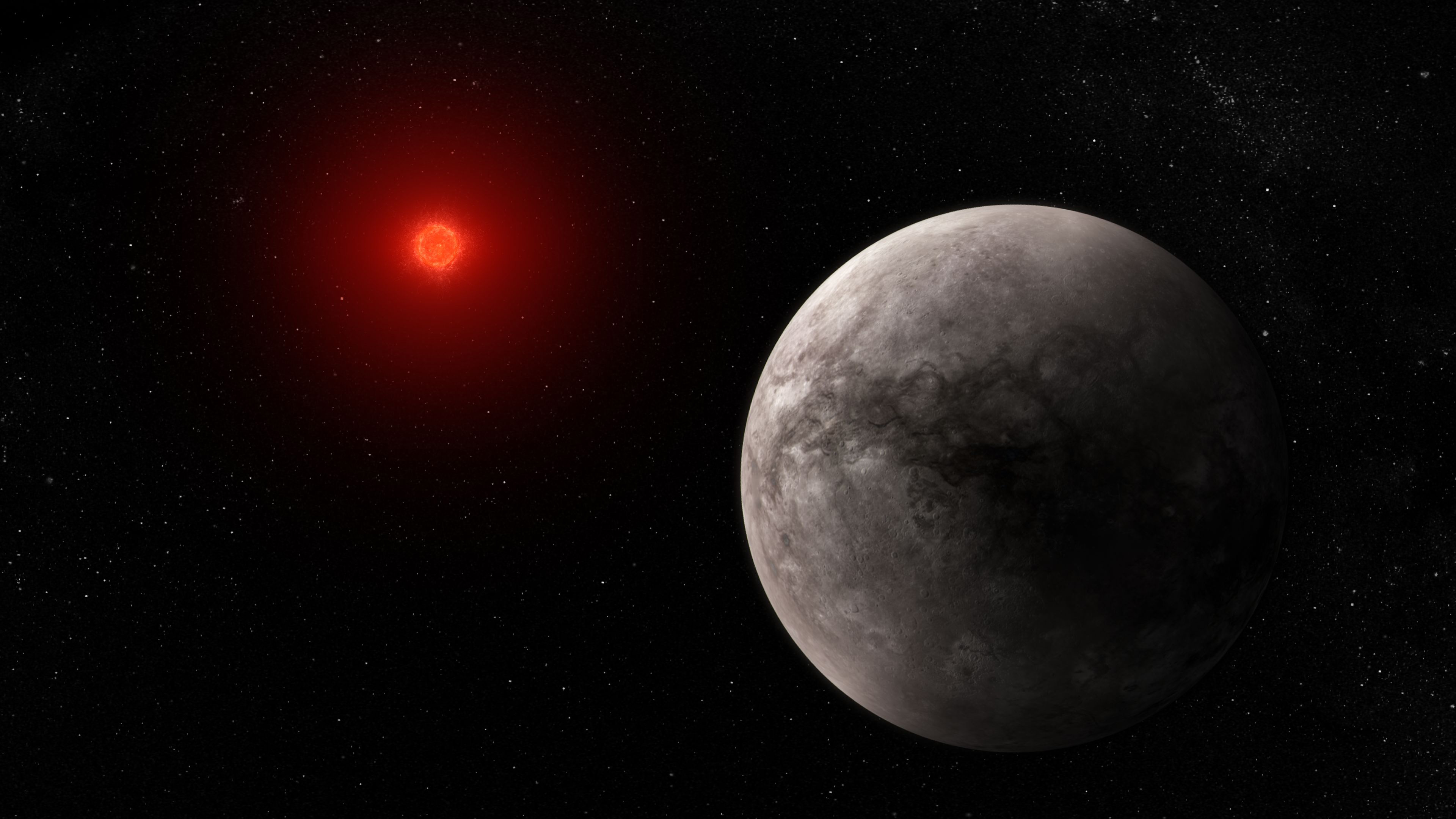
It may be officially out of the running. JWST's observations of the rocky, Earth-like exoplanet have shown that it is as hot as a domestic oven - a scorching 232 degrees Celsius - and is almost certainly devoid of an atmosphere. Some of its nearby planetary neighbours may be more suitable for life to thrive, but further research is required to confirm this.
The extraterrestrial sandstorm planet
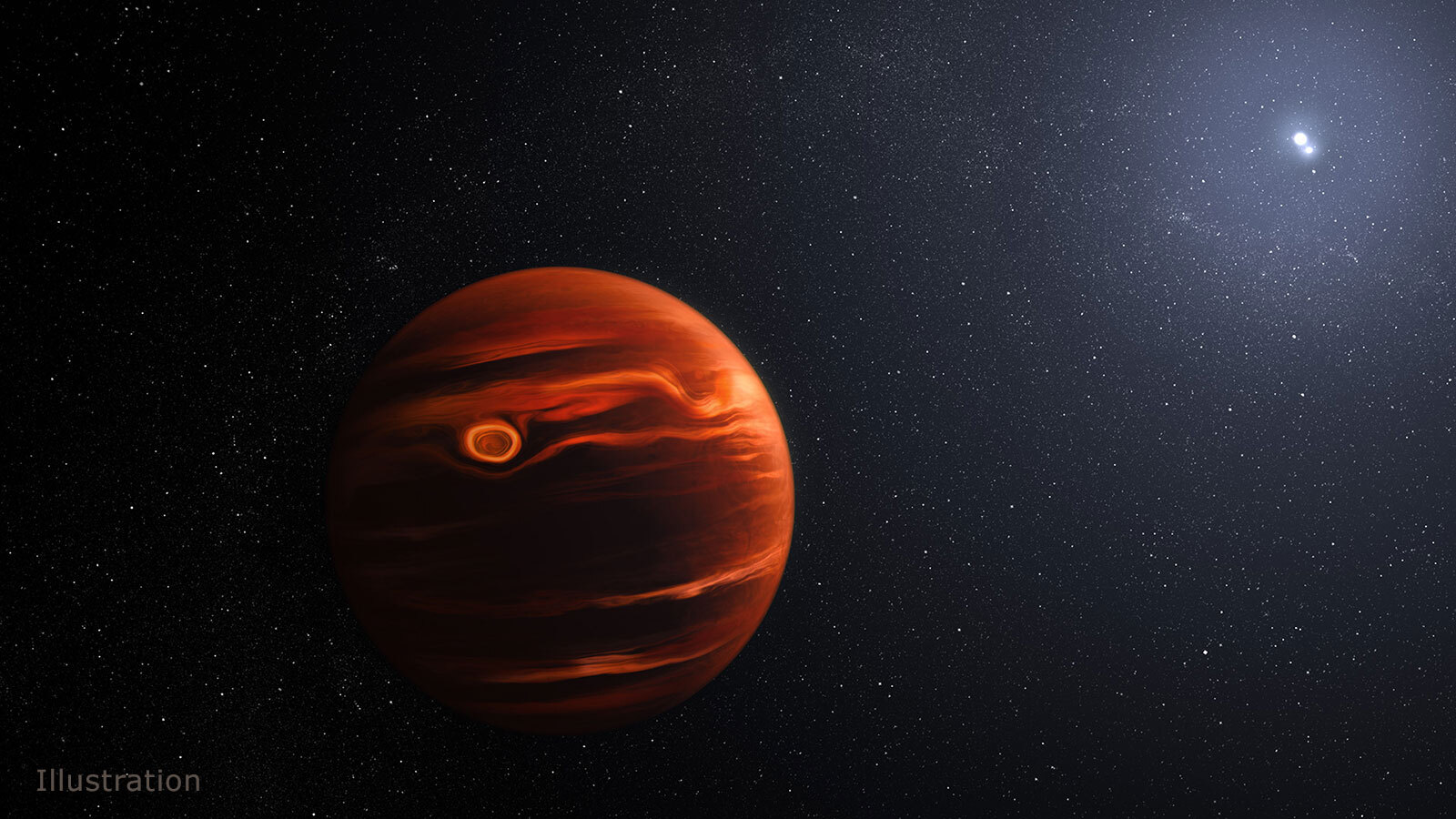
Found roughly 40 light-years from Earth is an enormous planetary body that's significantly removed from its star. An enormous world that completes one orbit in about 10,000 years. This large distance allows astronomers to see its atmosphere quite clearly without too much starlight from its star causing interference. Latest observations have revealed scorching hot clouds of silicate particles circling within its atmosphere. The researchers suggest this could be proof of a massive dust storm encompassing the planet.
The temperature on a planet should not be higher than a star. Stars, by their very nature, are massive balls of hot, glowing gas. Their surface temperatures can reach thousands of degrees Celsius. It is therefore physically impossible for any planet to be hotter than a star.
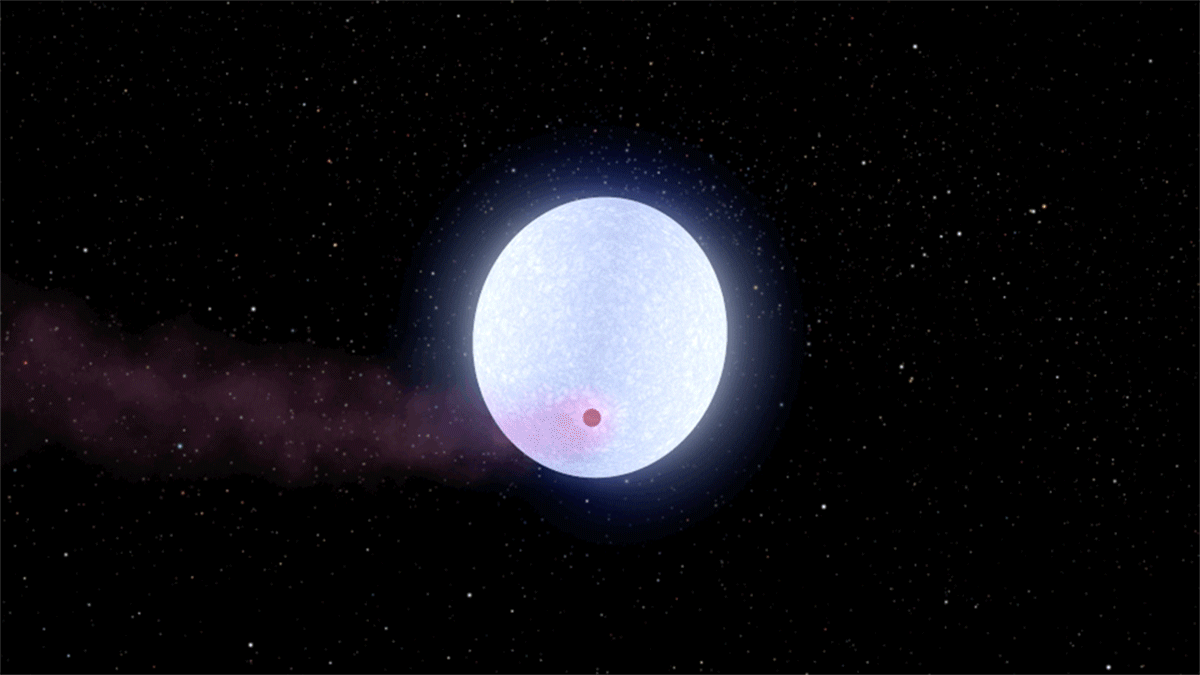
The exoplanet KELT-9b is a scorching hot world, bearing a resemblance to Jupiter, situated approximately 670 light-years away from our planet. It holds the record for being the hottest exoplanet discovered, with a surface temperature of a searing 4,300 degrees Celsius (7,800 degrees Fahrenheit). In fact, its heat is even greater than that of some stars. However, this intense heat has a detrimental effect on the planet's atmosphere. On KELT-9b's dayside, the heat from the nearby star is so extreme that the hydrogen molecules in the planet's atmosphere are torn apart and dispersed across the planet. With half of its atmosphere perpetually in a state of melting, KELT-9b would undoubtedly be a destination that one would choose to steer clear of in the cosmos.
The toxic football planet
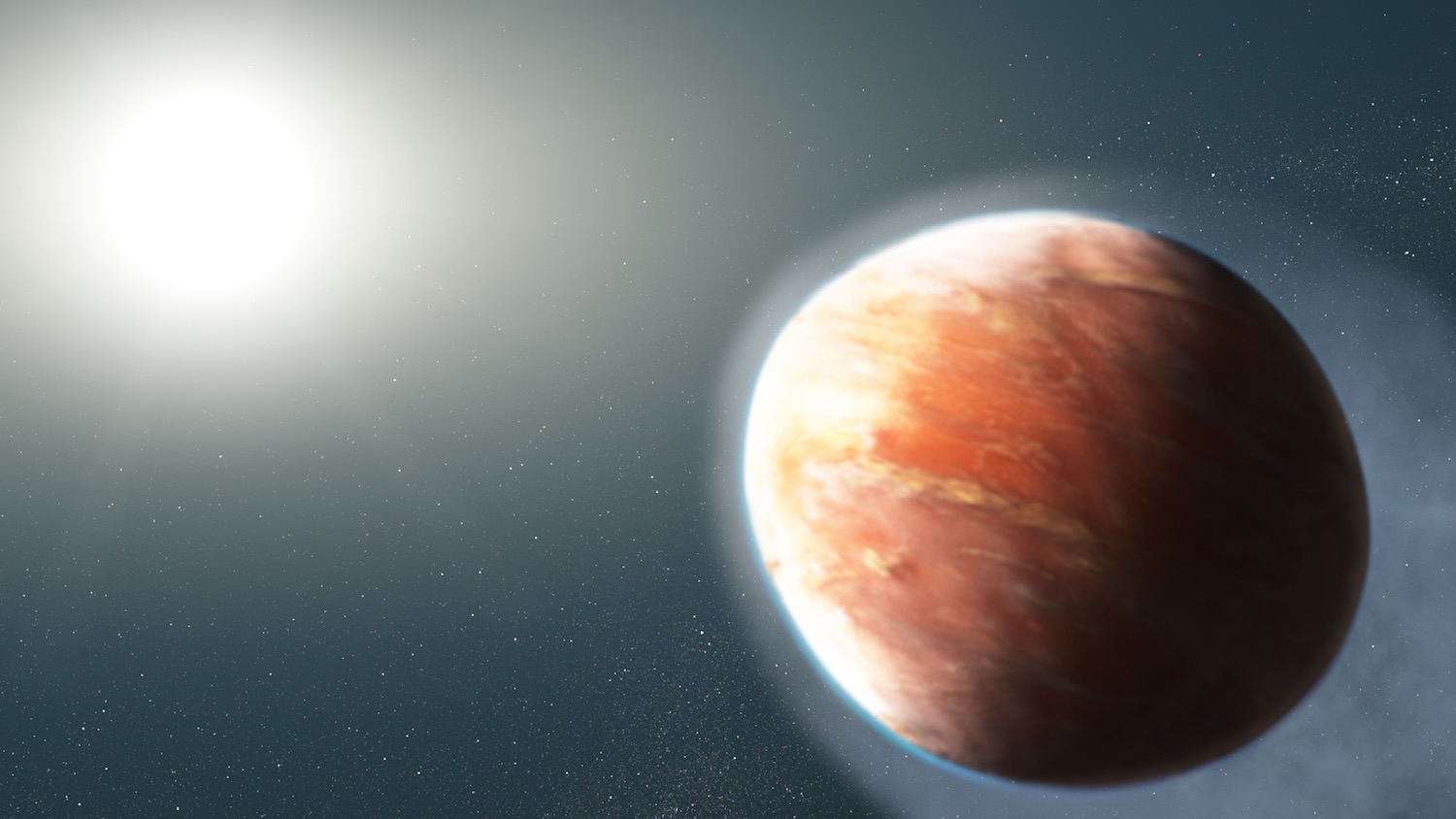
It is extremely hot on the planet, and heavy metals are constantly in a state of boiling turmoil, with some of them escaping into space. Scientists have identified iron and magnesium molecules drifting high above the surface and rising above the planet's gravitational pull. This intense heat is a result of the planet's incredibly close proximity to its parent star. It is so close that the star's gravitational forces have warped the planet's shape, stretching it into an elongated football-like form, which is a departure from the spherical shape typical of most recently discovered planets.
The fantastically small world moving at an incredibly fast pace
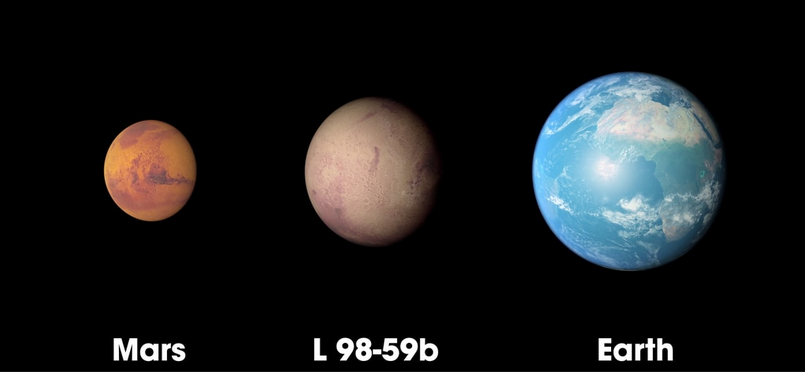
This exoplanet is tiny, with a mass of approximately half that of Earth. It completes one revolution around its star every two and a six, moving at an incredibly fast pace. As a result, it receives a significant amount of energy from its star, equivalent to roughly the same amount received by Earth from the sun - 22 times more, to be precise - which makes it extremely unlikely to support life.
Earth's "older cousin"
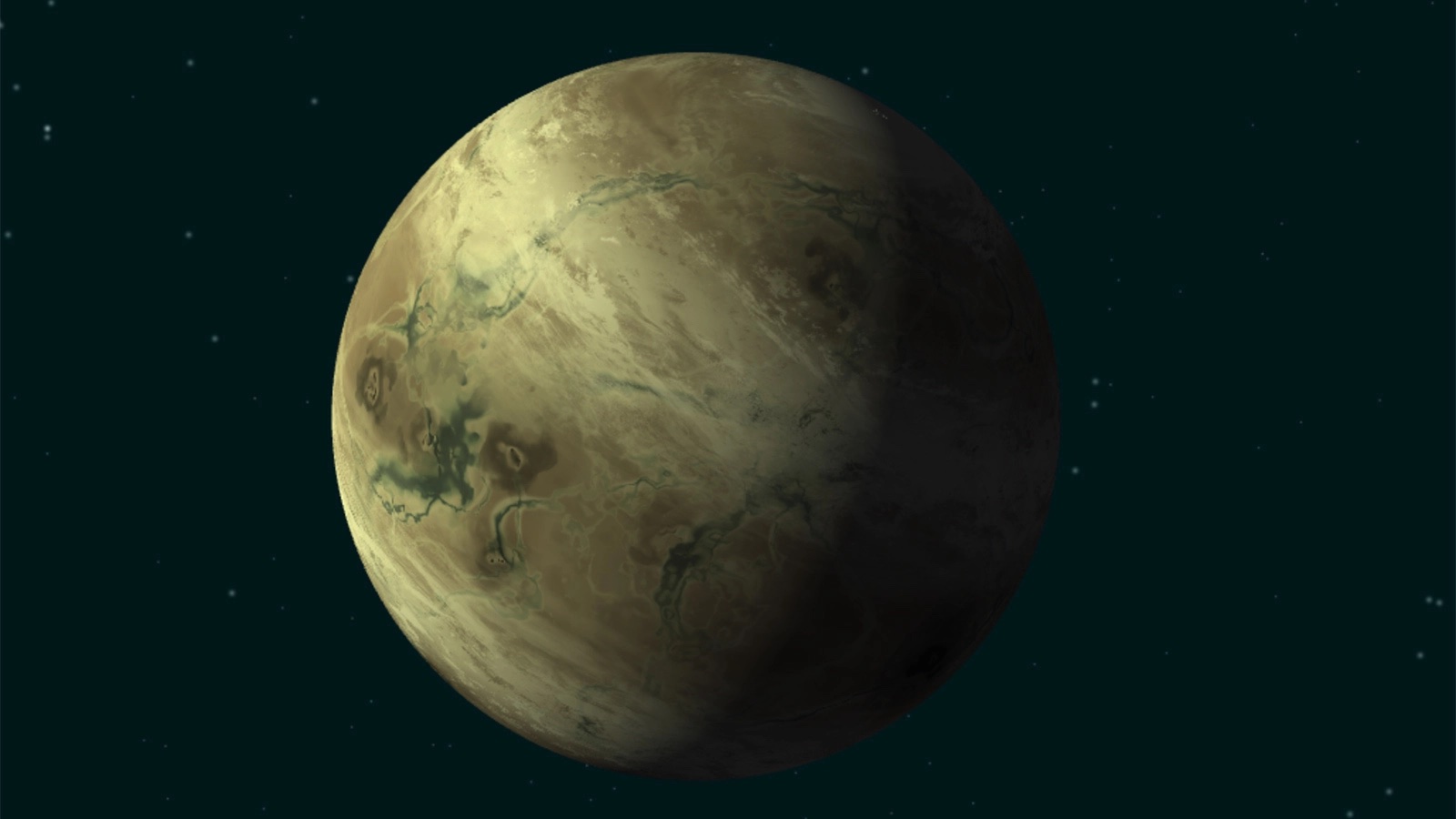
Looks uncannily like our home world, which is why NASA has humbly referred to it as "Earth's elder sibling." This rocky exoplanet revolves around a star that is remarkably similar to our sun, at a similar distance that our own planet orbits the sun, resulting in a year-long cycle of approximately 384 days. This positioning firmly situates the planet in the habitable zone, where liquid water could theoretically exist on its surface. Unfortunately, our long-lost relative is likely to remain out of our reach for an extended period: situated at a staggering 1,800 light-years from Earth, estimates suggest it would take at least 30 million years for any spacecraft to reach the planet.
These curiously close sibling planets
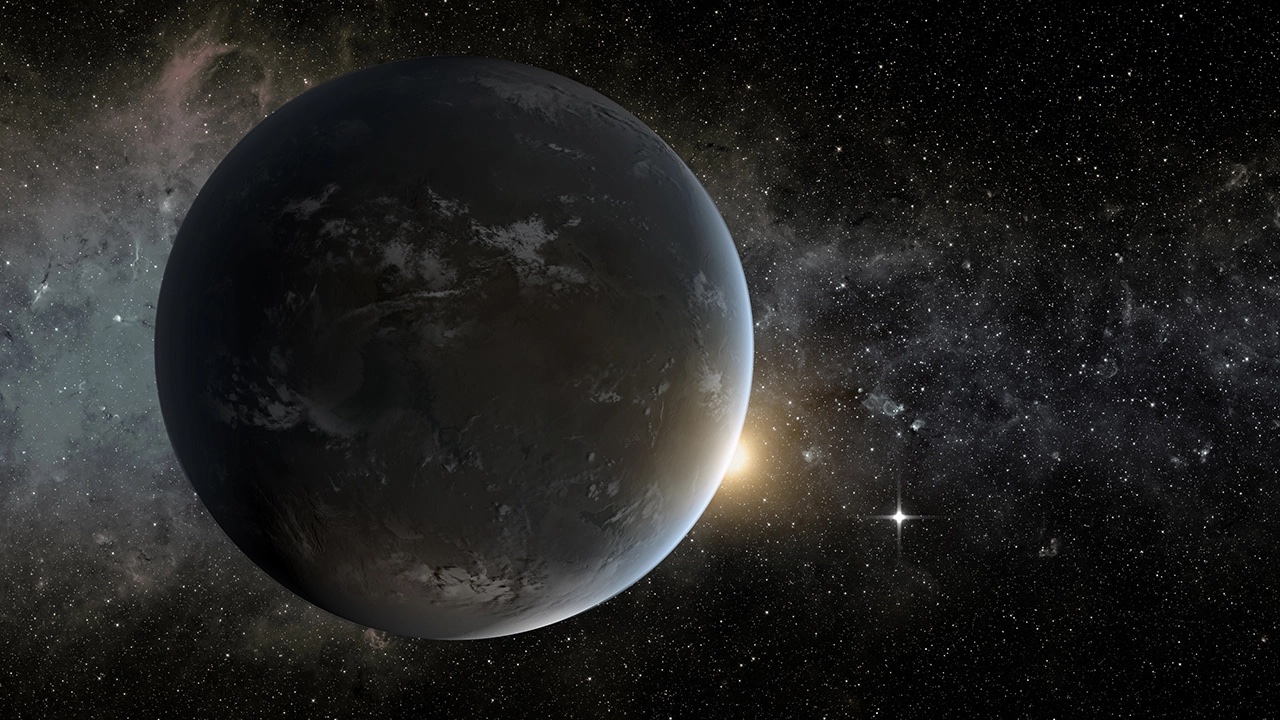
This alien world is approximately 1.5 times the size of our own planet and orbits at a very close distance to its neighbouring exoplanet, Kepler-36c, which is similar to Neptune. The two worlds come extremely close to each other every three months on average, with the distance between them being less than five Earth-moon distances during these encounters. The close proximity of these two planets to each other creates massive tidal forces, potentially triggering volcanic activity on the rocky surface of Kepler-36b.
The unfortunate planet orbiting a small sun
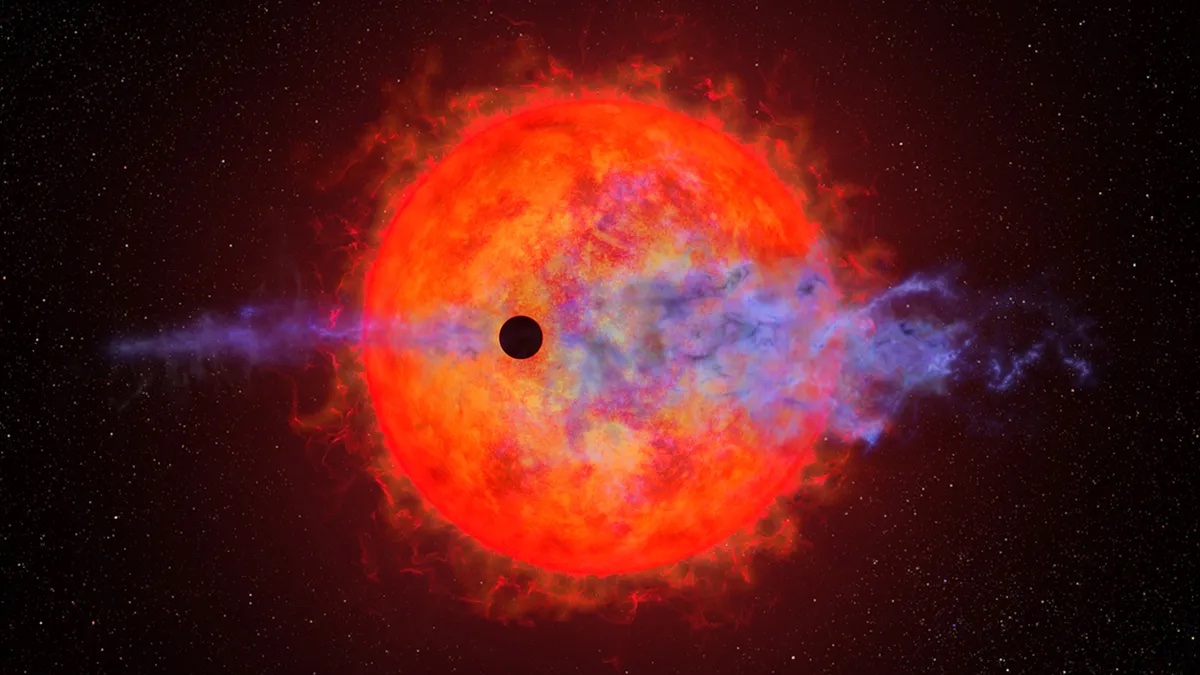
Located around 32 light-years from Earth, astronomers are sad to report that this exoplanet has had the misfortune of forming a mere 9.6 million km from its surrounding star - an extremely young, extremely hot, and highly volcanic red dwarf. Estimated to be just 23 million years of age, the star is less than a millisecond old in cosmic terms. (By comparison, the Sun is approximately 4.6 billion years old.) This young star regularly erupts with powerful blasts of radiation that are thousands of times more violent than the most dramatic solar flares the Sun is capable of producing - and unfortunately, AU Microscopii b is frequently caught in the firing line. Astronomers have observed large asteroids of planetary material orbiting near this distant world, indicating that the unpredictable star is blasting away parts of the planet's atmosphere bit by bit.
Post a Comment for "32 alien planets that really exist"